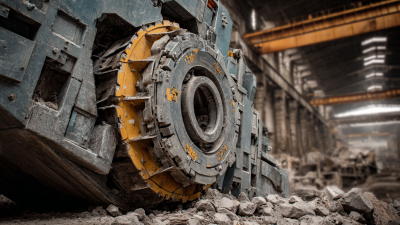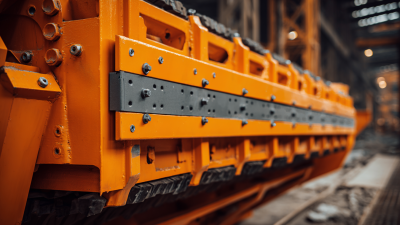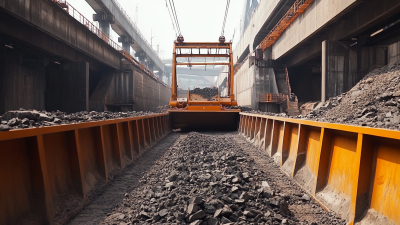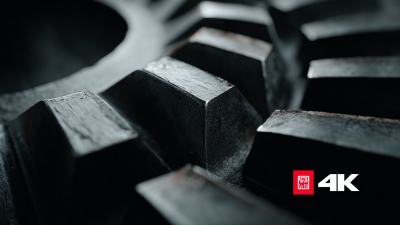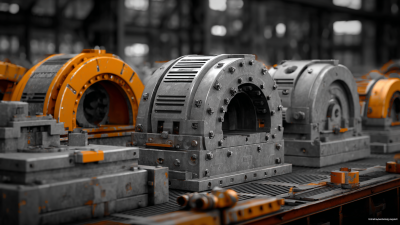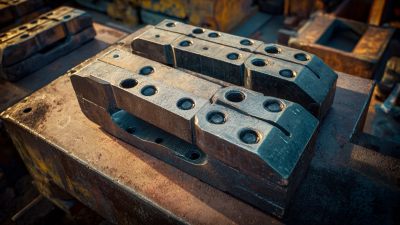Sourcing quality Mining Stone Jaw Plates is a critical aspect of the mining industry that can significantly impact overall operational efficiency and productivity. In a global market teeming with diverse suppliers and varying standards, it becomes essential to adopt strategic approaches to ensure the procurement of high-quality components. This blog aims to provide you with seven essential tips that will guide you through the complexities of sourcing these vital parts. From understanding material specifications to establishing reliable supplier relationships, these insights are designed to help you make informed decisions that align with your business needs. Whether you are a seasoned professional or new to the mining sector, these tips will empower you in your quest for the most durable and effective Mining Stone Jaw Plates available worldwide.
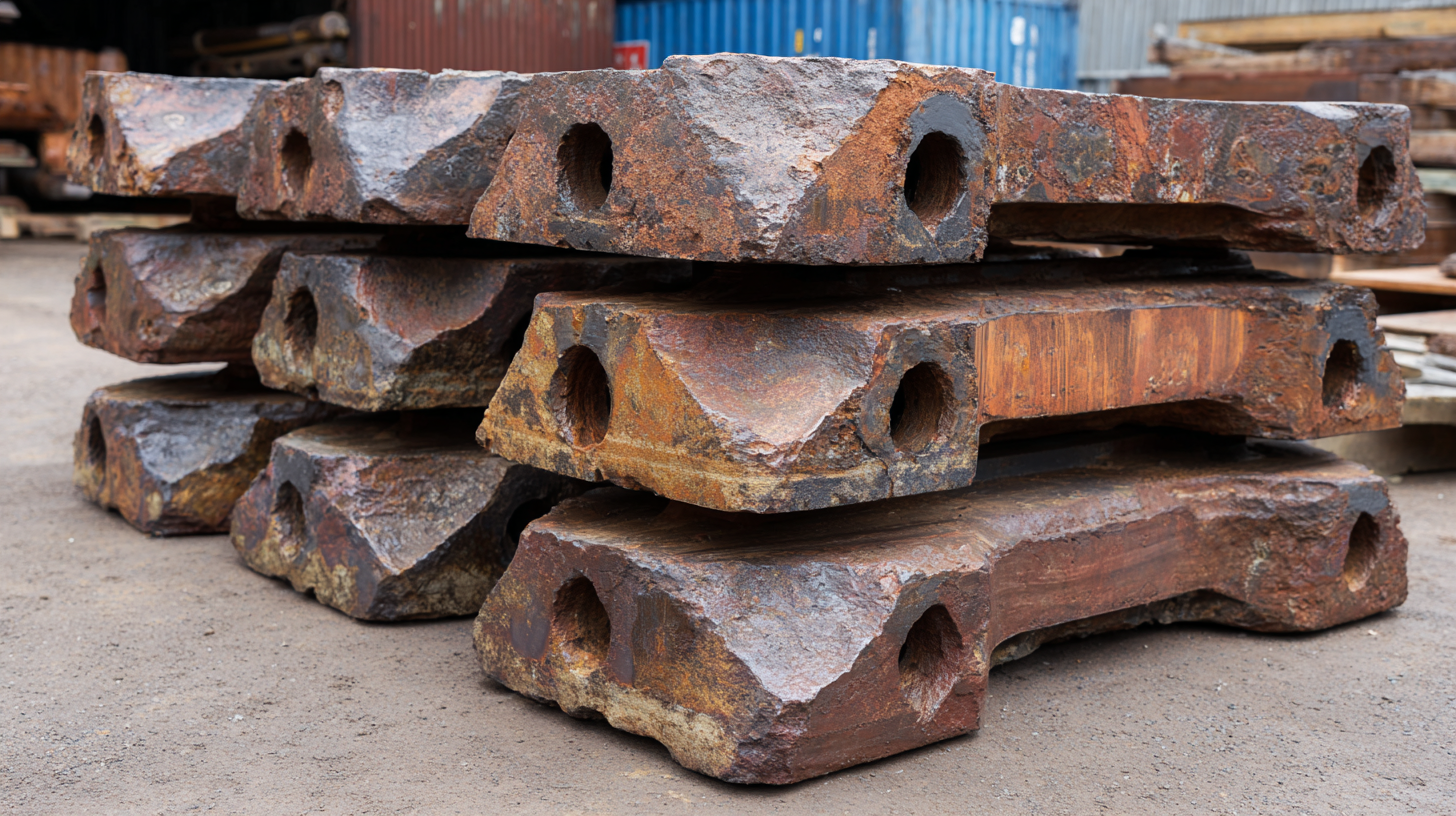
The quality of materials used in mining stone jaw plates is critical, influencing not just the longevity of the equipment but also operational efficiency. According to a report by Mordor Intelligence, the global mining equipment market is projected to reach USD 190 billion by 2026, emphasizing the necessity for durable and high-performance components. Specifically, the jaw plates, often subjected to immense stress, need to be crafted from materials that can withstand wear and tear. A study by the International Journal of Mining Science and Technology reveals that the performance of jaw plates can improve by up to 30% when high-quality alloys are used, highlighting the importance of sourcing premium materials.
Furthermore, reliable sourcing of quality mining stone jaw plates can lead to significant cost savings in the long run. A report from Research and Markets indicates that improper material selection can lead to increased maintenance costs by as much as 25%, stressing that investing in quality upfront pays off. For instance, companies utilizing high-grade manganese steel jaw plates experience substantially lower operational interruptions due to their enhanced durability. Therefore, it’s evident that prioritizing material quality in mining stone jaw plates is not just a matter of preference, but a strategic decision vital for optimizing performance and reducing lifetime costs.
The global mining equipment market has witnessed significant shifts in demand, heavily influencing the sourcing of quality mining stone jaw plates. As countries accelerate their mining activities to meet rising mineral resource needs, the demand for durable and effective jaw plates, crucial for crushing operations, has surged. Understanding these market trends is essential for manufacturers and suppliers to enhance their product offerings and align with industry requirements.
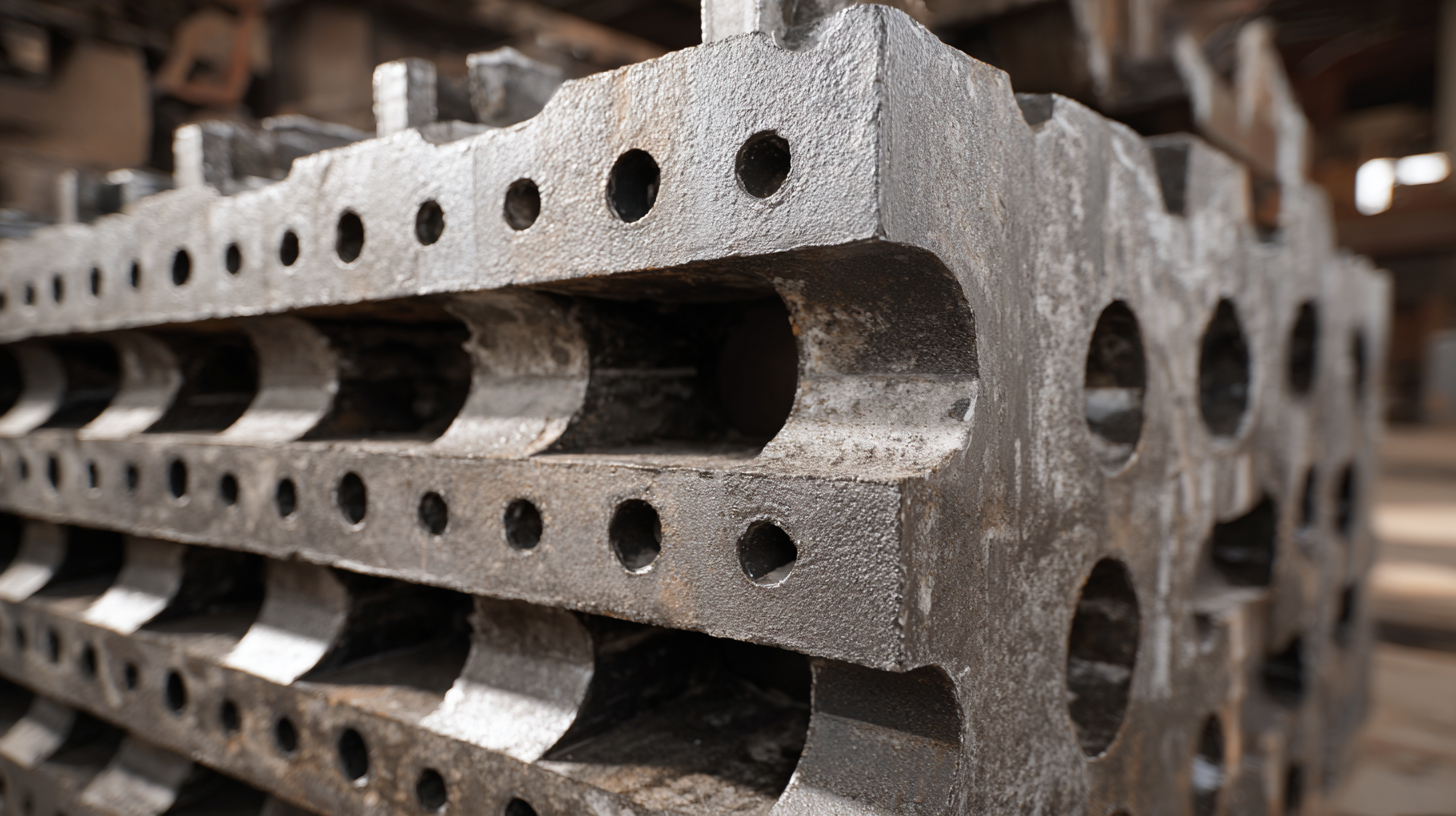
Emerging economies are at the forefront of this trend, with countries in Africa and Asia ramping up production levels. This uptick is driven by infrastructure development and urbanization efforts, leading to an increased focus on high-quality mining equipment components, including jaw plates. Moreover, sustainability practices are prompting companies to seek materials that enhance efficiency and reduce environmental impact. Consequently, suppliers who innovate and adapt to these trends will not only satisfy current demand but also position themselves favorably in a competitive global market.
When sourcing quality mining stone jaw plates globally, evaluating suppliers based on essential certifications and standards is crucial for ensuring product reliability. According to a recent report by Research and Markets, the global mining equipment market is projected to reach $288.1 billion by 2025, highlighting the increasing demand for high-quality components like jaw plates. Certifications such as ISO 9001 ensure that manufacturers adhere to international quality management principles, helping to mitigate risks associated with material defects and performance issues.
Additionally, compliance with ASTM (American Society for Testing and Materials) standards guarantees that jaw plates meet specific mechanical properties and safety requirements, which is critical in preventing catastrophic failures during operation. A study by MarketWatch noted that suppliers with such certifications tend to have improved operational efficiencies and lower rates of product return. Investing time in selecting suppliers that hold recognized certifications not only enhances the overall quality of jaw plates but also significantly reduces long-term operational costs associated with downtime and repairs.
Innovative technologies are revolutionizing the manufacturing of jaw plates in the mining industry, leading to enhanced durability and performance. According to a report by Global Mining Review, advancements in materials science have led to the development of high-strength steel alloys and composite materials that significantly increase wear resistance. For example, newer manufacturing techniques like cold rolling and casting with specialized heat treatments have been shown to extend the lifespan of jaw plates by over 30%, drastically reducing replacement costs.
When sourcing quality mining stone jaw plates globally, consider utilizing technology-driven suppliers. Tip No. 1: Look for manufacturers that implement automated processes, as these often result in more precise and consistent products. Furthermore, staying abreast of the latest innovations ensures that you're choosing jaw plates that can withstand harsh conditions and heavy loads. Tip No. 2: Regularly review supplier certifications and technical reports, as many leading manufacturers share data on product performance and durability metrics.
Another key to sourcing high-quality jaw plates is to engage with suppliers who leverage advanced testing methodologies. For example, suppliers using Finite Element Analysis (FEA) can simulate the stresses jaw plates encounter during operation, ensuring only the strongest designs are brought to market. Tip No. 3: Investigate suppliers’ investment in research and development; those committed to continuous improvement are more likely to provide cutting-edge products. By focusing on these innovative practices, companies can enhance their operational efficiency and ensure the longevity of their equipment.
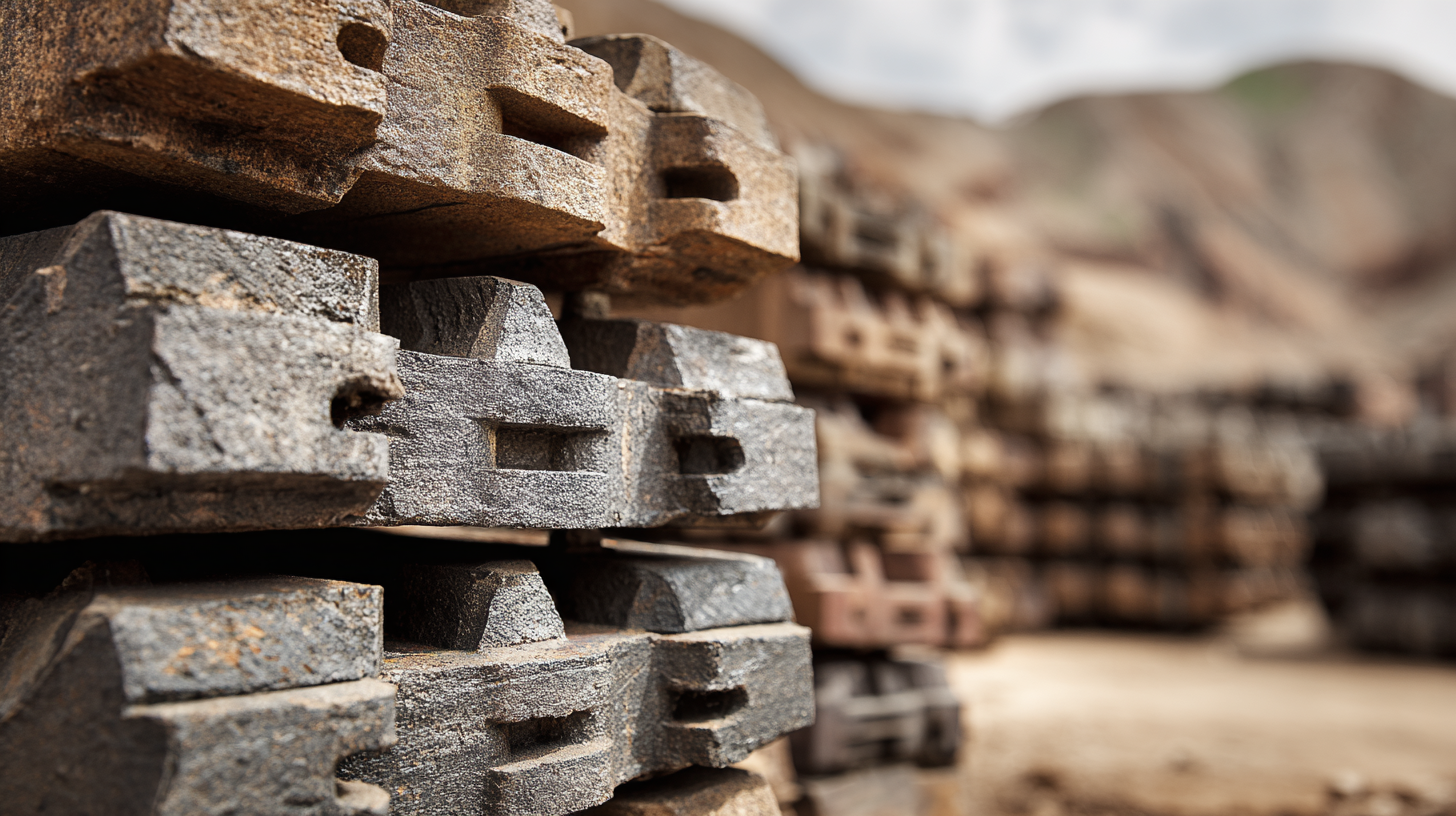
When sourcing mining stone jaw plates globally, balancing quality and budget is a crucial consideration for industry professionals. According to a report by Grand View Research, the global jaw crusher market was valued at approximately $1.2 billion in 2022, with a projected CAGR of over 6% from 2023 to 2030. This growth signifies the increasing demand for reliable jaw plates that can withstand the rigors of mining operations while still being cost-effective.
A detailed cost analysis reveals that while premium quality jaw plates may come with a higher upfront cost, they often lead to lower operational costs in the long run. For instance, high-quality materials can enhance durability, reducing the frequency of replacements and maintenance downtime. A study by Research and Markets highlights that investing in superior materials can decrease operational expenditures by as much as 20%, which provides considerable savings over time. Therefore, understanding the lifecycle costs of jaw plates is essential for making informed sourcing decisions that align with budget constraints while ensuring productivity and reliability in mining operations.
| Dimension | Material Type | Quality Rating | Cost per Unit ($) | Supplier Location |
|---|---|---|---|---|
| 1000 x 800 mm | High Manganese Steel | A+ | 500 | China |
| 900 x 700 mm | Alloy Steel | A | 450 | India |
| 850 x 650 mm | Chromium Steel | B+ | 400 | Brazil |
| 800 x 600 mm | Carbon Steel | B | 350 | Germany |
